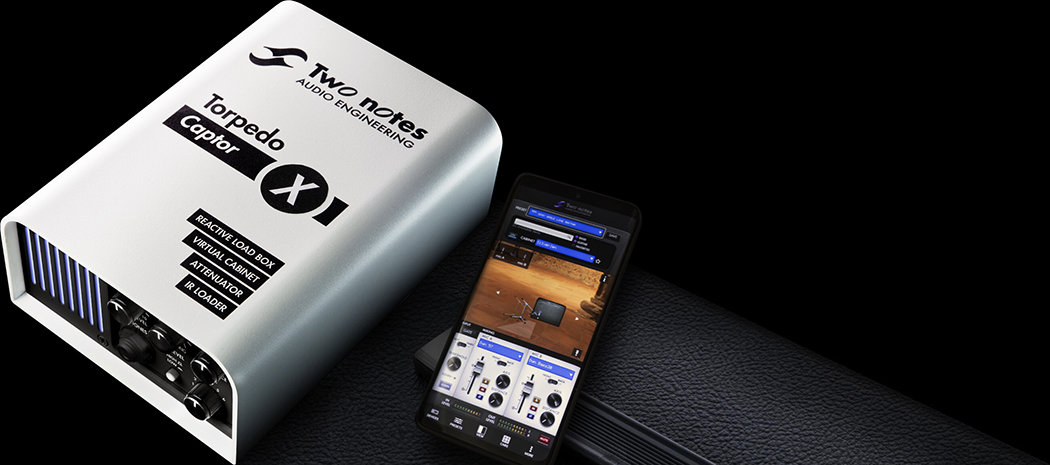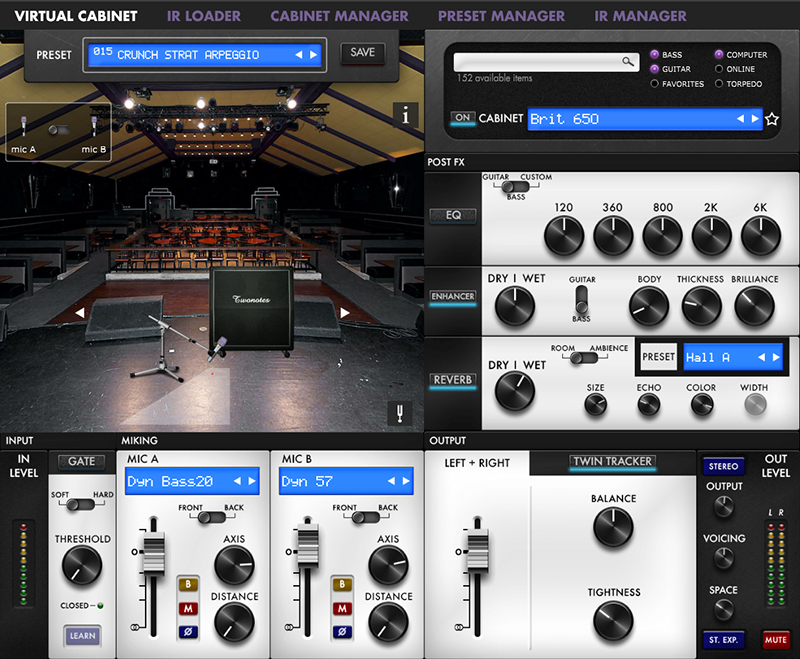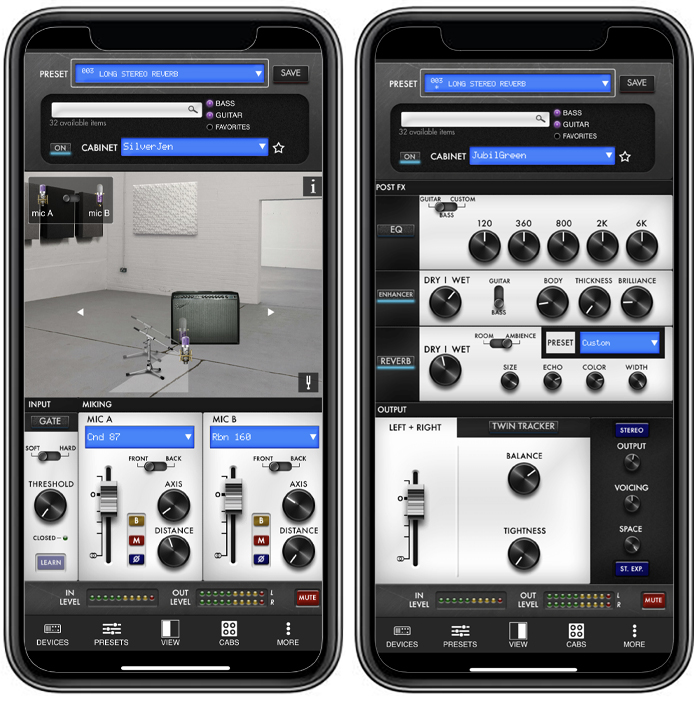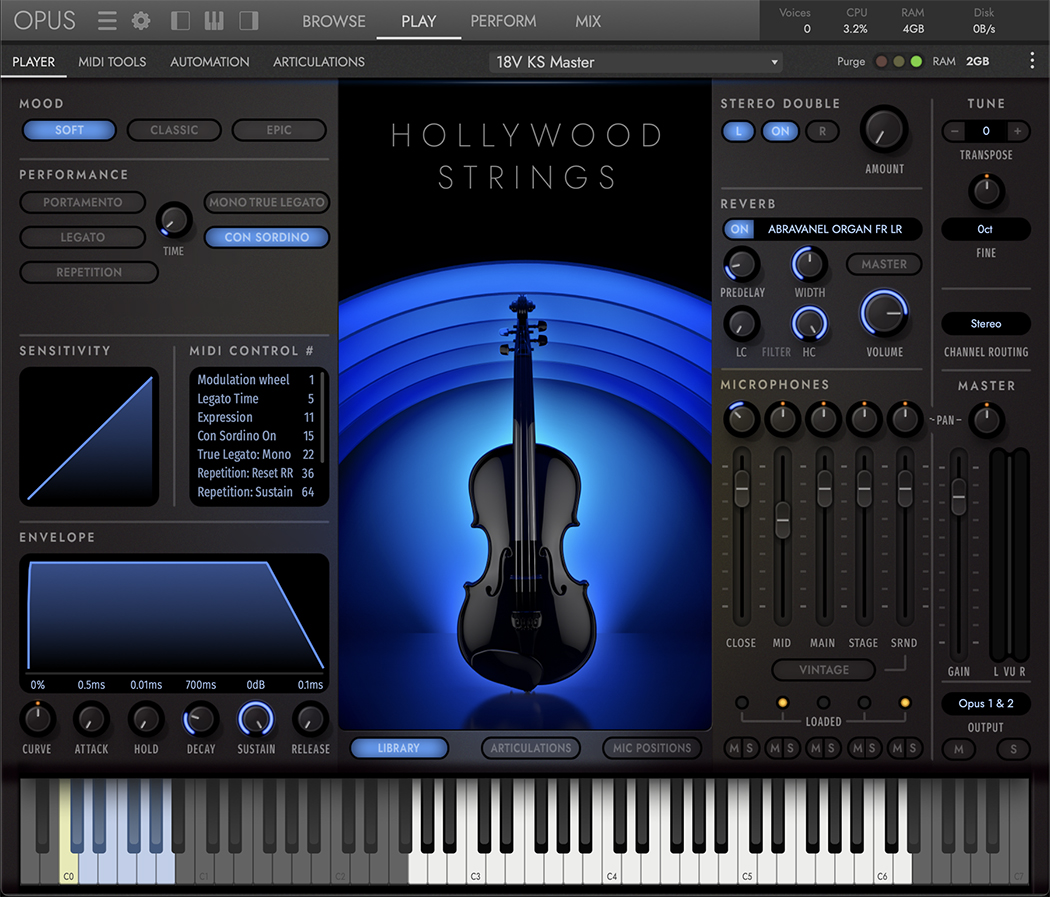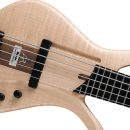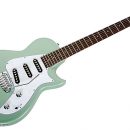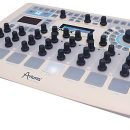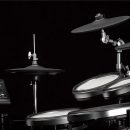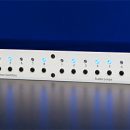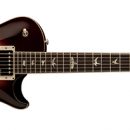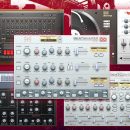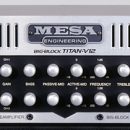
In the guitar world, many wide-eyed guitar players dream (and spend) big on 50- and 100-watt tube amps in order to take advantage of glorious tube saturation with plenty of headroom. We haul our heavy amps to the gigs and the amps deliver bigger sound than the average sound man desires, but we love it!
Today, we all have (at a minimum) meager home recording systems, which need solutions for recording guitar, or we may just want to fire our amp up in our one-bedroom condo for a little practice. But after three minutes or less, there’s a knock on the door from angry neighbors screaming to turn that noise down! Defeated, you put your amp away in the travel case until the next gig, right?
Should we ditch the big tube amps for tiny little modeling jobs? Not if Two Notes Engineering has anything to say about it! Enter the Two Notes Captor X, their most recent effort to keep our tube amps in the fight. The Captor X purports to replace our mics, speaker cabinets, and even our rooms, all in a cost-conscience and compact form factor. This is no easy feat, but given that Two Notes Engineering is the reigning champion when it comes to designing products optimized for direct guitar recording and amp attenuation, we were curious to see if they could boil some of their award-winning technology into a product simple enough for the less studied audio engineer… i.e, your typical home-recording guitar player. Lets take a look and listen to discover if Two Notes accomplished this mighty goal. Otherwise, we’ll have to figure out our neighbors’ work and sleep schedules.
Features
The Two Notes Captor X is primarily a reactive load box that comes with a powerful software suite for simulating the output from guitar speaker cabinets or developing your own custom impulse responses. Reactive in this case means it maintains the impendence curve that your amp expects to receive when connected to a speaker cabinet. In layman’s terms, that means it maintains the original feel and tone of your amp throughout its volume sweep.
An impulse response (IR) is a digital snapshot of the tone produced by a specific combination of microphone, speaker cabinet, and room. IRs are typically stored and recallable on-the-fly.
A big part of your tube amp’s tone comes from power amp saturation, which only happens when the tubes are pushed at a decent volume level. In order to obtain that tone at reasonable (or downright quiet) volume levels requires volume attenuation. The Captor X can attenuate (reduce) your amplifier’s volume output at stepped values, being -38dB and -20dB. We found these values to be appropriately thought out for useful volume reduction, but we also recognize that some users prefer a fully sweepable range of attenuation levels via knob control (as found on some of Two Notes’ more advanced studio products).
The Captor X has four knobs on its face. The output level is self-explanatory. Keep it from hitting the red at your mixing board or in your DAW. An LED will light up red to let you know the signal is too hot, just in case you’re nowhere near any signal monitoring tools. The Voicing knob is a 900Hz EQ control that solely attenuates around that frequency. When turned to the right of zero, it increases both bass and treble. When turned left of zero, it boosts mids. Engineers familiar with other Two Notes equipment will find this is similar to the behavior of the Contour control on the Torpedo Reload. The Space knob deals with the unit’s reverb and is assignable. You can either control the dry/wet ratio for the quarter-inch left, right or XLR outputs.
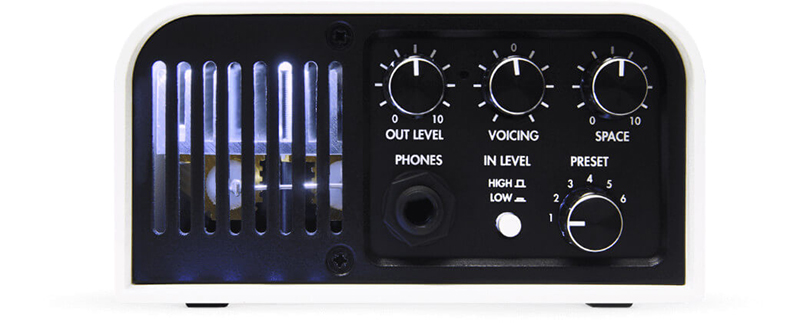 Stereo XLR outputs allow for some really cool custom sounds. A staggering 32 cabinet and eight microphone models come with the Captor X. Thinking about that for a second, try and imagine how much room 32 guitar cabinets would take in your rehearsal space (or worse, your bedroom at home). The possibilities are nearly endless and the Captor X software suite is comprehensive to say the least. There is more here than even a power user will ever reach for, which is understandable given that most Two Notes products have historically been targeted at audio engineers. And if you are a user who must simply have it all, more cabinet IRs are available to purchase from the Two Notes site.
Stereo XLR outputs allow for some really cool custom sounds. A staggering 32 cabinet and eight microphone models come with the Captor X. Thinking about that for a second, try and imagine how much room 32 guitar cabinets would take in your rehearsal space (or worse, your bedroom at home). The possibilities are nearly endless and the Captor X software suite is comprehensive to say the least. There is more here than even a power user will ever reach for, which is understandable given that most Two Notes products have historically been targeted at audio engineers. And if you are a user who must simply have it all, more cabinet IRs are available to purchase from the Two Notes site.
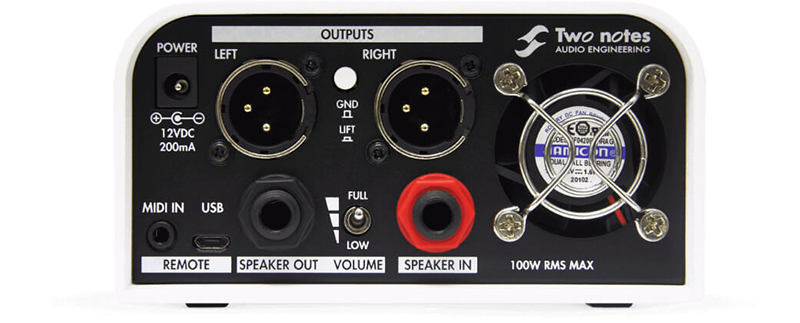 For gigging purposes, the Captor X has a quarter-inch speaker out jack so you can monitor your amp from a traditional guitar cabinet, while sending your direct, “simulated” signal to front-of-house instead of having to mic your cabinet. A mini-USB port provides for communication with a computer as well as firmware updates. A standard 12V power supply is provided, but the Captor X can be powered easily from a typical pedalboard power supply (it only draws 400mA).
For gigging purposes, the Captor X has a quarter-inch speaker out jack so you can monitor your amp from a traditional guitar cabinet, while sending your direct, “simulated” signal to front-of-house instead of having to mic your cabinet. A mini-USB port provides for communication with a computer as well as firmware updates. A standard 12V power supply is provided, but the Captor X can be powered easily from a typical pedalboard power supply (it only draws 400mA).
Three pieces of software come with the Captor X. The most important one is Torpedo Remote, which is a standalone program that enables the user to select mics, cabs, and allows for various other processing options. Once a sound is dialed in, you can store it as a preset in the Captor X for live use without a computer. We used it on our Different PC audio workstation, but there are also Mac OS X and tablet versions as well. If you already have some favorite go-to IRs from other applications, the Remote software can also act as an IR loader, bypassing the Two Notes virtual cabinet options completely. After finding an acceptable sound, it can be further shaped and refined with a noise gate, EQ, sonic enhancer, and reverb.
The second app that comes with the Captor X is the already well-known and beloved Wall Of Sound. This program is a VST/AU/AAX plug-in that guitarists (or studio engineers in the know) can use in their DAWs. This is essentially a souped-up version of Captor Remote that features the use of multiple simultaneous mics and several expanded parameters to shape the guitar sound, and then of course it facilitates recording that guitar tone directly into your DAW.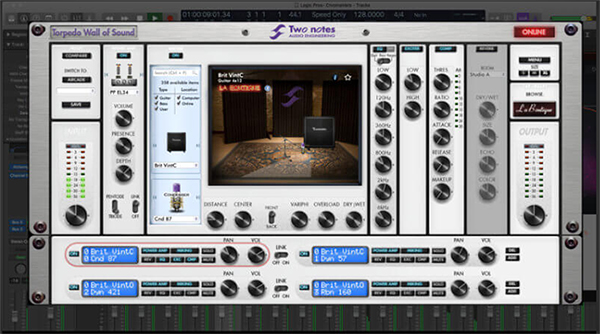
The last of the bundled software is Torpedo Wireless Remote, which enables remote control of the Captor X via an iOS or Android device. It mirrors the Torpedo Remote application and simply provides for a wireless workflow.
Usability
With great power comes great responsibility! Considering the Captor X is an Impulse Response (IR) loader, reactive load box, custom IR designer, and includes two separate apps for different applications of the unit, you should expect to encounter a bit of a learning curve once you decide to go past the basic reactive load stuff.
Hooking up the Captor X was simple enough. It includes a power supply, and the unit remains powered at all times (an LED light inside the unit remains on). We would have preferred an On/Off switch, as LEDs on a desk can quickly accumulate and become distracting. There is an internal fan, but it only comes on as needed. When the unit is not in use, the fan simply does not run.
If all you need is a simple box to reduce the volume of your amp, then operation is simple: just place this in-line between your amp’s speaker output and your speaker cabinet, select one of two different attenuation levels on the switch, and go. If you want to provide direct sound to the front-of-house for live shows instead of miking your cabinet, or you want to record without mics, then you’ll need to dig into the software companions to the product, as that creates the complete product.
It is important to understand the Captor X’s routing scheme to get the best sound from it. Sending both an effected and a dry signal to your computer for subsequent Wall of Sound (WOS) re-miking proved invaluable to us, but it was not immediately apparent in the Captor Remote software how to route the audio appropriately. This is where the Torpedo Wireless App proves invaluable. Once an easy and typical Bluetooth pairing is established (you will need your serial number), you then have full access to the Captor X’s internal parameters. At the touch of a button, all installed mics, cabs and presets are instantly available. The app also includes tutorials, a robust knowledge base, a pipeline to create support tickets, and many more features. This is one of the nicest companion apps we’ve seen!
It is worth noting whether using Torpedo Remote or Torpedo Wireless, you are limited (by comparison to the app) to the full blown Wall Of Sound plug-in. For instance, we needed to uninstall one of the 32 pre-installed cabinets in order to load a purchased Lynch or Phil X cab. We were also limited in mic choices to two, while Wall Of Sound offers several more. We’d be hard pressed to call this a limitation given Wall of Sound seems like a no brainer for personal studio use, and if you’re on the go and need more than 32 individual cabinet choices, you’d be in the top .01% of power users, and it’s quite likely there’s no pleasing you anyway.
It is of critical importance that your tube amps always have a load present to avoid serious damage. Connecting your amp’s speaker output to the Speaker In on the Captor X assures the presence of a load, and is simple enough. Our review unit was designed for 8 Ohms operation, and a 16 Ohm version is also available.
We routed two XLR cables to our Fractal AXE-FX III. Although we do not use the Fractal as an interface, we decided this would save precious I/O on our interface as well as give us access to the Fractal’s stellar suite of effects, or if we choose, we can also just use the Captor X to pass the raw amp sound to a Fractal speaker cabinet emulation block. Sadly, although we can load IRs to the Captor X or use WOS as an IR loader, the reverse is not possible.
Sound
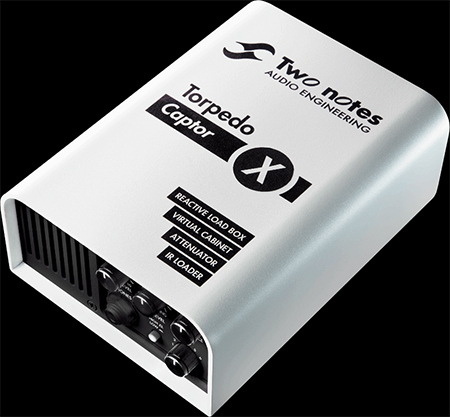 Using the Captor X over a few months yielded better results as we became more familiar with the device. Although the Torpedo Remote app works well, we decided to rely mostly on Wall Of Sound. It provides an enhanced feature set and allows us to tweak to our mixes as they develop.
Using the Captor X over a few months yielded better results as we became more familiar with the device. Although the Torpedo Remote app works well, we decided to rely mostly on Wall Of Sound. It provides an enhanced feature set and allows us to tweak to our mixes as they develop.
We used our Knaggs SSC for the first sound test. We connected our Mezzabarba Trinity 100w head, which is ear splitting loud at mostly any volume and is arguably the highest gain head in our collection. We achieved a fantastic 4x12 multi-mic’ed sound, but it took some trial and error. The key to getting a great sound out of Wall Of Sound is getting a good close mic’ed sound and slowly bringing room mics in for some ambience. Our close mic’ed sound was probably 80% or more of the finished sound. We set up three other virtual room mics, including one mic at a distance placed behind the cabinet. These three mics were brought sparingly into the mix. Muting them definitely sounded and felt like something was missing, but having them in the mix wasn’t overbearing or even very apparent. This was definitely the sweet spot and the formula going forward. We EQ’d each mic to taste, soloing them one by one. We also hit our mic’ed tone with a little bit of the compression that is built into Wall of Sound. The finished sound was as it should be: thick and brutally aggressive for an amp of this character.
We did flip through a few reverb settings that Two Notes provides, but we prefer to leave reverb as a bus assignment long after tracking. That said, the included reverbs are completely useable. From small spaces to cathedral like settings, Wall of Sound has you covered.
The next amp we connected to the Captor X was one of our favorite test amps, the Fender ‘57 Pro Reissue. This amp has 26 tube-screaming watts, and you hear every single one of them at great volume if you have the amp set past a volume of two or three. With its 15” speaker, we love to crank it up to about eight or nine and hear that beautiful light-to-medium saturation, however you really can’t sit in the same room as this amp when cranked to that level (as any Fender tube amp owner knows). Fortunately, the Captor X enabled us to achieve this desired tone at bedroom listening levels.
We used our Fender Ultra Strat and Torpedo Remote for this sound test and selected SilverGen, a 2x12 open-back selection modeling a Fender Twin Reverb. This was an excellent choice and the results were exactly what we wanted to hear. We quickly dialed in a great sound using a Shure SM57 simulation and pushing the amp into distortion from brute volume (err… power tube saturation). The sound was a beautiful breakup that only this kind of amp circuit can achieve; although it was coming through our Adam A7 monitor speakers at a conversation volume. Mission accomplished!
We can honestly say that if we used our own collection of mics, preamps and cabinets, we might be able to get a sound as good as the Captor X, but we cannot actually beat what Wall Of Sound or Torpedo Remote can do! This really changes our approach to recording with tube amps moving forward. The Captor X coupled with the included Wall Of Sound plug-in has completely eliminated the need to mic electric guitars in our professional, home-based project studio.
Bruce shot the following video to demonstrate the RJM Overture Overdrive Pedal (reviewed here), but all guitars were tracked direct using the Torpedo Captor X and Wall of Sound.
Details: Knaggs Doug Rappoport Kenai guitar, RJM Overture pedal for some of the leads straight into the Captor X with no amp or mic sims. Other guitar parts through Mezzabarba Mzero Overdrive 100W head into the Captor X. All processing done via Wall of Sound (WOS) on Different PC DPC1 audio workstation.
WOS Settings: Brit Vintage C cabinet, Dyn 57 and Ribbon 121 mics, reverb Studio B.
Documentation and Product Support
A very well written and comprehensive manual is available as a free download from the Two Notes website. To make the most of the Captor X, you really need to read it, as the functionality is impossible to fully realize just studying the hardware (since there are software components to consider).
A generous two-year warranty is provided. The CEO of the company as well as company staff are quite active on the popular social media avenues which is so important these days.
Price
The Two Notes Torpedo Captor X sells for $599.99. We find this to be an excellent price point and value. Competitive products are nearly or at double the money and offer a fraction of the feature set. The Captor X is definitely the only choice to get into the reactive load box game affordably and still have a leg up on the competition.
Contact Information
Two Notes Audio Engineering
http://two-notes.com

